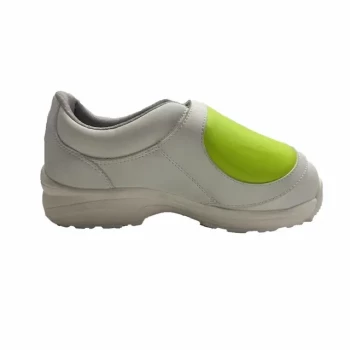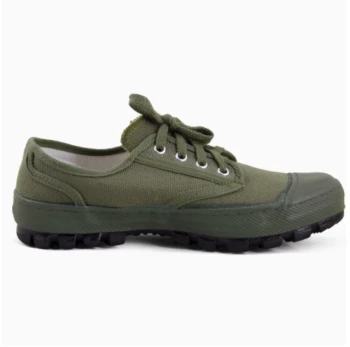When choosing between riding shoes and boots, riders must balance protection, comfort, and functionality based on their riding discipline, environment, and personal needs. Shoes offer walkability and style for casual riding, while boots provide superior ankle support and safety for rough terrain or competitive disciplines. Key considerations include material durability, fit, and specialized features like non-slip soles or impact resistance. The decision ultimately hinges on whether the rider prioritizes everyday convenience or enhanced performance and safety.
Key Points Explained:
-
Riding Discipline & Environment
- Casual Riding: Shoes (e.g., outdoor shoes) are ideal for leisure riding due to lightweight design and ease of walking.
- Competitive/Off-Road: Boots offer critical protection for disciplines like dressage, show jumping, or trail riding, where ankle stability and impact resistance are vital.
-
Protection vs. Comfort Trade-Off
- Boots: Feature reinforced toe caps, metatarsal guards, and heat-resistant soles for hazardous conditions (e.g., rocky trails or track riding).
- Shoes: Prioritize breathability and flexibility but may lack structural support for high-risk scenarios.
-
Material & Durability
- Leather boots provide longevity and mold to the foot over time, while synthetic options may offer moisture-wicking benefits.
- Shoes often use lighter materials like mesh or synthetic blends, sacrificing durability for comfort.
-
Fit & Functional Features
- Ankle Support: Boots reduce injury risk on uneven terrain; shoes suit riders with strong ankles or light loads.
- Sole Design: Non-slip treads (common in boots) enhance grip in muddy/wet conditions, while shoe soles prioritize walkability.
-
Regulatory & Safety Standards
- Certain disciplines (e.g., eventing) may mandate specific footwear certifications (e.g., ASTM F2413 for impact protection).
-
Lifestyle & Versatility
- Shoes bridge riding and daily wear, whereas boots are specialized gear. Consider seasonal needs (e.g., insulated boots for winter).
Have you evaluated how your riding habits align with these trade-offs? The right choice blends personal comfort with the unseen demands of your sport—much like the technologies that quietly shape modern healthcare.
Summary Table:
| Factor | Riding Shoes | Riding Boots |
|---|---|---|
| Best For | Casual riding, everyday wear | Competitive/off-road riding |
| Protection | Limited ankle support | Reinforced toe caps, ankle stability |
| Comfort | Lightweight, breathable | Structured support, may require break-in |
| Durability | Synthetic/mesh materials | Leather or high-grade synthetics |
| Sole Design | Walk-friendly treads | Non-slip, rugged grips for traction |
| Regulatory Compliance | Less common | Often meets safety standards (e.g., ASTM) |
Ready to elevate your riding experience with the perfect footwear? As a leading manufacturer of high-performance riding gear, 3515 offers a comprehensive range of durable boots for competitive riders and versatile shoes for casual enthusiasts. Whether you need ankle support for rough trails or lightweight comfort for daily rides, our products are engineered to meet your needs.
Contact us today to discuss custom solutions or bulk orders—let’s pair you with footwear that matches your discipline, safety requirements, and lifestyle!



















